Brightness Enhancing Micro Projection Technology Friends familiar with the display industry know that we never lack hotspot display technology, once used 3D and plasma, future holographic display and OLED screens, and various nouns can be said to be dazzling. So what display technology will eventually become an integral part of daily life, I believe this is a question in the hearts of many people. Today we will take a look at the next five major display technologies that will set off a revolution. The "future" here does not mean that after 10 or 20 years, the maximum time period given by the author is 5 years. It is believed that the five display technologies will be developed in 5 years and will be enriched with the current LCD technology. Display device.
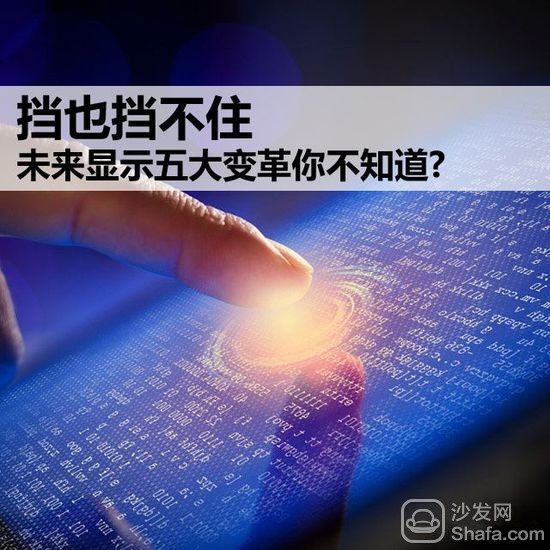

Can't block the future and show the five major changes you don't know?
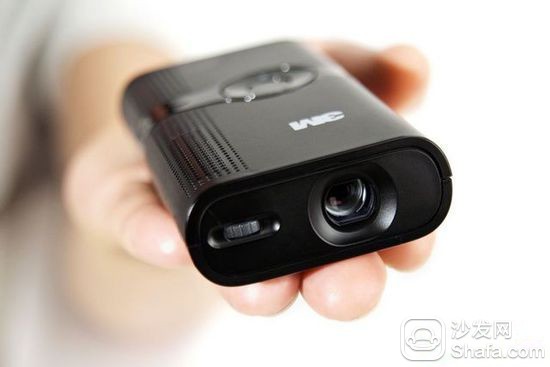
Let's first take a look at the miniature projection technology. The biggest advantage of this projector is that the picture is large enough, which is unmatched by other devices. However, its disadvantages are also very obvious, and the projector is bulky, and due to the bulb, the service life and the use environment are more demanding. Therefore, the projector's main application market is education and business, and home is still a very small part. However, with the advent of miniature projection technology, projection technology ushered in a new turning point.

Micro projection system is maturing

The so-called micro-projection technology, in fact, mainly benefit from two aspects, the first is the emergence of LED light sources. In the past, projectors used ultra-high-pressure mercury lamps, which were not only easy to break but also were very bulky and required a large space for heat dissipation, resulting in the projector not being able to be small. LED light source is different, it is a solid-state light source, small volume heat is also much smaller, as the projector's light source, greatly reducing the size of the projector. The second is the development of the projector chip. The LCD panel of the conventional LCD projector has a size of about 1 inch, requires a long optical path, and has a relatively complicated structure. With the development of DLP projectors, the development of DLP Pico chips has made the projector more compact and has also promoted the development of miniature projectors.

Development of micro projector brightness

The biggest problem with the development of miniature projection technology is brightness. LED light source is small, but the brightness and ultra-high pressure mercury lamp can not be compared, the first micro-projector only tens of lumens, after the micro-projector began to burst in 2012, when the product brightness is basically maintained at 200 to 400 lumens Between now and then, 700 to 900 lumens have begun to appear. The brightness of conventional ordinary home projectors is more than 1000 lumens, and it can be seen that the development of the brightness of miniature projectors has gradually reached a practical stage.
And the price of micro-projectors is also declining. From the beginning of 6,000 yuan, it is now possible to start with 2999 yuan. Micro-projectors are getting closer to the people. I believe that for some users who have projection needs, micro-projectors are already considered. The choice, big screen in the pocket, is no longer an empty phrase.
Big screen weapon laser ready to go
Lasers, the technology that used to appear in sci-fi film scenes, have also begun to be used today. In the display industry, it is mainly used in the field of projection. Compared to ordinary light sources, lasers have many unique features. For example, high brightness, small size, low energy consumption, high convergence characteristics, ordinary light source is four-sided light, in order to allow light to spread in one direction, the need for equipment condenser device.

Laser is directional

Using these features of the laser light, a high-brightness projection system can be produced. Compared with the conventional projection system, it has the characteristics of high brightness, low energy consumption, and long life, so it can be made into a "laser television", so-called laser television at present. , is essentially reflective ultra-short-focus projector. This product uses an extremely high power laser light source that collects more than 100W of light energy per square meter. Light is separated by the color wheel and then imaged on the chip.

Laser projector schematic

The current display technology can only produce curved screens, such as the screen of the Galaxy Round mobile phone that we see, and its variable curvature is not as large as we think. In the current production of liquid crystal panels, the main steps in the previous stage are etching circuits. The movement and arrangement of liquid crystal molecules need electrons to drive, so the liquid crystal carrier TFT glass must have a conductive part to control the movement of the liquid crystal, here will use ITO (Indium Tin Oxide, transparent conductive metal) to do this matter.
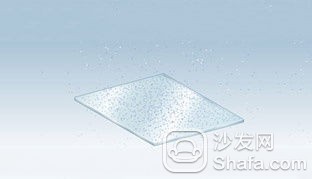
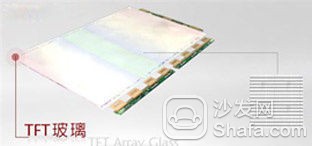
The worker needs to deposit an ITO film layer on the TFT glass so that a smooth and uniform ITO film is formed on the entire TFT glass. The ITO glass was then washed with ionized water for the production of liquid crystal panels. In the whole process, the ITO glass is the main device. Since the ITO glass cannot be bent, it is more difficult to make a curved liquid crystal screen.
At present, the production of curved screens requires the replacement of ITO glass. Many manufacturers choose transparent plastic materials. This material cannot be bent too much. Therefore, the current curved equipment is not very large in curvature. However, there have been a lot of surface equipment on the market. Mobile phones, monitors, and televisions all have samples on display. It is believed that surface equipment will continue to emerge in the future.
Color Assault Quantum Point Highlights
In 2013 and 2014, people heard more about the sound of OLEDs and 4K devices, and few people noticed quantum dot technology. However, because the cost of OLED devices has not been reduced, the application of 4K devices also appears to be lack of stamina, making users lose confidence in these two technologies, manufacturers continue to find a new stimulus point to enhance consumer desire to purchase, so quantum Point technology has emerged.

Quantum dot technology is mainly used to enhance the color effect of the picture. Different from the resolution-enhanced details, it clearly has a wider scope of application. Regardless of the user's device resolution, better color performance is the user's needs. We know that the LCD panel itself does not emit light. Enhancing the color performance is mainly to improve the backlight system behind the LCD panel.
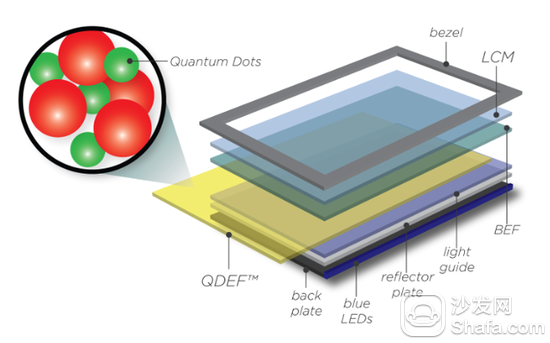
Quantum dots are nanomaterials made up of dozens of atoms. The dimensions of the quantum dots are all within 100 nanometers. Quantum dots of different material composition sizes have different wavelengths of light emission. The quantum dots themselves can be made into panels, similar to OLED panels, and do not require backlights. However, due to the technical difficulties and high costs, there are currently no formed products. Therefore, researchers began to consider using quantum dot technology to improve the color of liquid crystals.
Quantum dots can be made into thin films that are used behind the LCD panel to improve the color appearance of the liquid crystal. The principle is this: The function of the quantum dot film on the LCD backlight is to convert the wavelength of light emitted by the blue LED so as to obtain a satisfactory color performance, which can improve the color gamut performance by 30%, and the cost can be increased. control. The possibility of becoming mainstream technology in the next few years is very great.
Entertainment is king wearing equipment
There is a coincidence between head-mounted and wearable devices. However, after a year of hype by wearable devices, the heat has dropped sharply. Eventually people find that with the current technical support, the application of wearable devices is still somewhat narrow. . Head-mounted equipment is not the same. In the military field, head-mounted equipment has long helped pilots determine their goals.

Now that the headset has begun to move from military to civilian use, Sony has introduced headsets. It uses two 0.7-inch OLED screens with a resolution of 1280×720, and supports 3D display. With 7.1-channel virtual surround sound technology, it enhances the realism of movies and games. At present, there are still many defects in this kind of equipment, but the number of products on the market is increasing. Epson and Samsung and other companies are researching head-mounted equipment. The future of the equipment may be very large.

Full text summary:
The five major display development trends mentioned here are all techniques that the author believes will be applied on a large scale within five years. Display technologies such as holograms and flexible screens, although the concept is cool enough, in view of the current technology reserves, the short time It is also difficult to achieve meaningful applications. These five technologies are different. They have either been silently developed for many years or are rising with unstoppable momentum. I believe that the display world in the next five years will be colorful. Let us look forward to it.
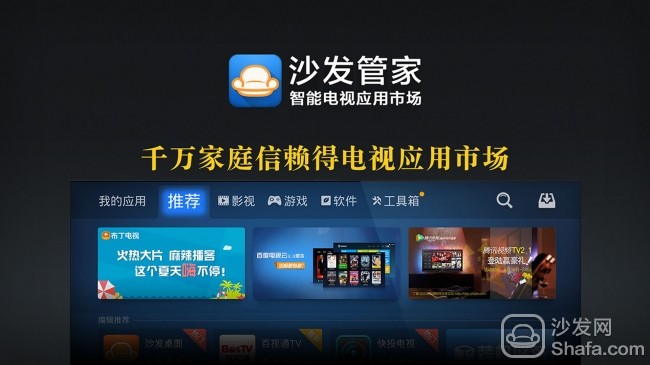
At present, all DLP projectors have the existence of a color wheel, but the projector using a laser light source has higher requirements for the color wheel. The color wheel used must be able to withstand the laser energy without damage. In addition to overcoming the high energy of the laser, due to the currently used monochromatic laser, the color temperature of the picture is slightly colder, and the problem of the cold color of the laser also needs to be overcome.
After the development of solid-state lasers has accelerated, it can also be applied to the above-mentioned micro-projection systems. Of course, this is only afterwards. At present, laser light sources are mainly dedicated to large-screen and bright areas, such as movie players, and more than 30,000 lumens of prototypes have appeared. I believe the laser light source will continue to flourish.
Flexible hook-up surface usher in the peak
People often confuse flexible and curved screens. Judging from the current technology, the flexible screen is still far away from us. The current LCD panel manufacturing technology is insufficient to support the screen that can be curled. In theory, a truly flexible screen should be produced by printing. Spray luminescent materials such as OLEDs or other future display media on flexible materials. This type of screen does not require a backlight, so it can be fully folded.

Samsung's curved phone
The current display technology can only produce curved screens, such as the screen of the Galaxy Round mobile phone that we see, and its variable curvature is not as large as we think. In the current production of liquid crystal panels, the main steps in the previous stage are etching circuits. The movement and arrangement of liquid crystal molecules need electrons to drive, so the liquid crystal carrier TFT glass must have a conductive part to control the movement of the liquid crystal, here will use ITO (Indium Tin Oxide, transparent conductive metal) to do this matter.


Thin film deposition and TFT glass
The worker needs to deposit an ITO film layer on the TFT glass so that a smooth and uniform ITO film is formed on the entire TFT glass. The ITO glass was then washed with ionized water for the production of liquid crystal panels. In the whole process, the ITO glass is the main device. Since the ITO glass cannot be bent, it is more difficult to make a curved liquid crystal screen.
At present, the production of curved screens requires the replacement of ITO glass. Many manufacturers choose transparent plastic materials. This material cannot be bent too much. Therefore, the current curved equipment is not very large in curvature. However, there have been a lot of surface equipment on the market. Mobile phones, monitors, and televisions all have samples on display. It is believed that surface equipment will continue to emerge in the future.
Color Assault Quantum Point Highlights
In 2013 and 2014, people heard more about the sound of OLEDs and 4K devices, and few people noticed quantum dot technology. However, because the cost of OLED devices has not been reduced, the application of 4K devices also appears to be lack of stamina, making users lose confidence in these two technologies, manufacturers continue to find a new stimulus point to enhance consumer desire to purchase, so quantum Point technology has emerged.

Quantum dots with different material composition sizes emit different wavelengths
Quantum dot technology is mainly used to enhance the color effect of the picture. Different from the resolution-enhanced details, it clearly has a wider scope of application. Regardless of the user's device resolution, better color performance is the user's needs. We know that the LCD panel itself does not emit light. Enhancing the color performance is mainly to improve the backlight system behind the LCD panel.

Quantum dot panel structure diagram
Quantum dots are nanomaterials made up of dozens of atoms. The dimensions of the quantum dots are all within 100 nanometers. Quantum dots of different material composition sizes have different wavelengths of light emission. The quantum dots themselves can be made into panels, similar to OLED panels, and do not require backlights. However, due to the technical difficulties and high costs, there are currently no formed products. Therefore, researchers began to consider using quantum dot technology to improve the color of liquid crystals.
Quantum dots can be made into thin films that are used behind the LCD panel to improve the color appearance of the liquid crystal. The principle is this: The function of the quantum dot film on the LCD backlight is to convert the wavelength of light emitted by the blue LED so as to obtain a satisfactory color performance, which can improve the color gamut performance by 30%, and the cost can be increased. control. The possibility of becoming mainstream technology in the next few years is very great.
Entertainment is king wearing equipment
There is a coincidence between head-mounted and wearable devices. However, after a year of hype by wearable devices, the heat has dropped sharply. Eventually people find that with the current technical support, the application of wearable devices is still somewhat narrow. . Head-mounted equipment is not the same. In the military field, head-mounted equipment has long helped pilots determine their goals.

The headset was first applied to the military field
Now that the headset has begun to move from military to civilian use, Sony has introduced headsets. It uses two 0.7-inch OLED screens with a resolution of 1280×720, and supports 3D display. With 7.1-channel virtual surround sound technology, it enhances the realism of movies and games. At present, there are still many defects in this kind of equipment, but the number of products on the market is increasing. Epson and Samsung and other companies are researching head-mounted equipment. The future of the equipment may be very large.

The impact on family entertainment is expected to rise in the future
Full text summary:
The five major display development trends mentioned here are all techniques that the author believes will be applied on a large scale within five years. Display technologies such as holograms and flexible screens, although the concept is cool enough, in view of the current technology reserves, the short time It is also difficult to achieve meaningful applications. These five technologies are different. They have either been silently developed for many years or are rising with unstoppable momentum. I believe that the display world in the next five years will be colorful. Let us look forward to it.
Recommended installation sofa butler Download: http://app.shafa.com/
